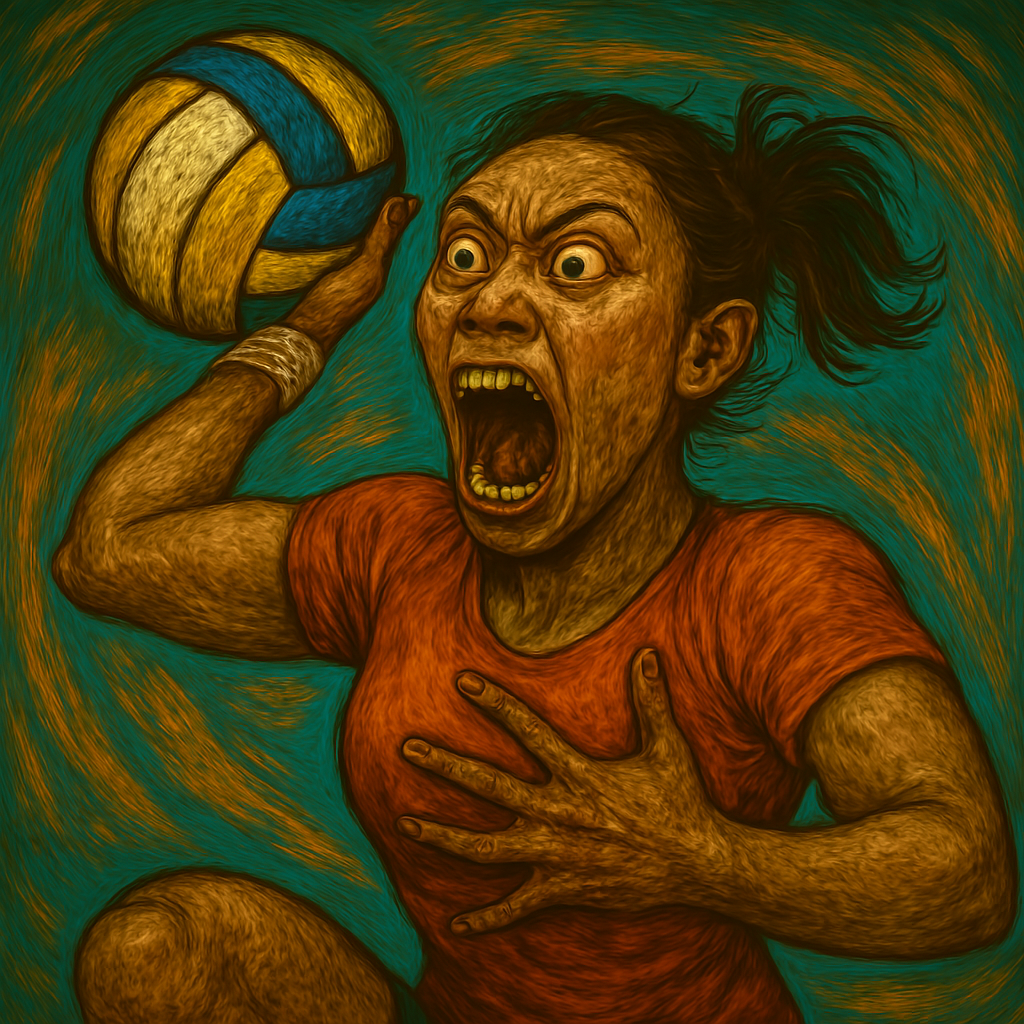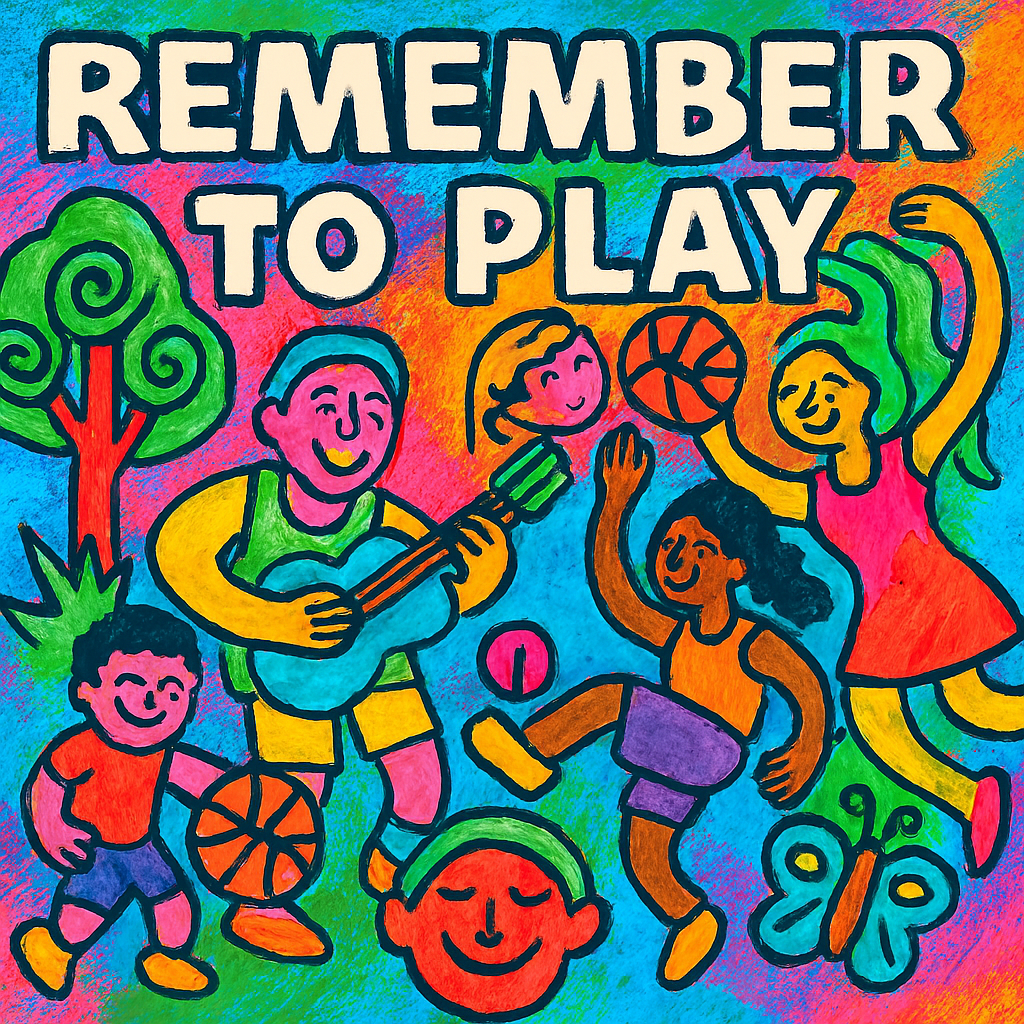Introduction
Junior sports are more than just games; they are the training grounds for future champions, the places where friendships are forged, and the seeds of lifelong fitness are sown. But behind the scenes, there’s a financial puzzle to solve. Let’s explore the two main avenues for funding junior sports: self-sufficiency and external support.
Self-Sufficiency May Be The Lone Path
User-Paid Fees
Many junior sports programs charge participation fees. These fees cover equipment, coaching, and facility maintenance.
Advocates argue that user-paid fees instill responsibility and commitment in young athletes.
This of course is absolute rubbish as it’s not the young athlete who pays the fee, it’s the parent.
It is not the fault of the young athlete to have been born into a less privileged situation.
This model can exclude children from low-income families from entering the sporting arena.
Fundraising Efforts
Bake sales, car washes, and raffles—these grassroots efforts keep junior sports afloat.
Self-sufficiency through fundraising fosters community engagement and teaches kids valuable life skills.
Yet, it can be time-consuming and unpredictable.
Corporate Sponsorships
Local businesses often step up to sponsor teams or leagues.
While this injects much-needed funds, it can blur the line between community support and commercial interests.
Community and Government Support
Sporting Schools Program
In Australia, the Sporting Schools program has been a game-changer. It extends funding to schools, reaching 77% of them in its first five years.
The recent $40.8 million boost ensures that more children experience the physical, social, and psychological benefits of sports.
Sporting Schools connects kids with community sports organizations, creating a pipeline for talent.
Community Grants and Funds
Establishing community funds for junior sports can provide one-off grants for equipment and start-up costs.
These grants empower local clubs and encourage youth participation.
Government Initiatives
Governments allocate funds to promote sports at all levels.
Investing in junior sports pays dividends; active children become active adults, benefiting mental health, confidence, and academic performance.
Equity in Sports Funding May Have A Socioeconomic Divide
Resource Disparities
It’s no secret that wealthier neighborhoods often have better-funded sports programs.
These areas can afford top-notch facilities, professional coaching, and state-of-the-art equipment.
In contrast, economically disadvantaged communities may struggle to provide even basic resources for their junior athletes.
Access to Opportunities
Funding disparities directly impact access to sports opportunities.
Children from affluent backgrounds can participate in a variety of sports, nurturing their talents and passions.
In less privileged areas, limited funding restricts the range of available sports and training options.
Travel and Competition
Elite sports competitions often require travel, accommodation, and participation fees.
Wealthier families can easily support their children’s participation in regional, national, or international events.
For others, these costs become insurmountable barriers.
The Vicious Cycle
Talent Development
Well-funded programs attract talented coaches and athletes.
These athletes receive better training, leading to improved performance.
Success begets more funding, creating a cycle of advantage.
Underrepresentation
Underprivileged areas face underrepresentation in sports.
Lack of funding perpetuates this gap, preventing talented kids from realizing their potential.
Community Support
Community-based funding models can bridge the divide.
When local businesses, nonprofits, and individuals rally behind junior sports, everyone benefits.
Collective efforts can level the playing field.
Join the Discussion
Let’s weigh in on this critical issue. Should junior sports fund themselves or seek external support? Share your thoughts with us in the comments below! How do we help and fund junior sports?
Conclusion & Bridging The Gap
Junior sports funding is more than just a financial matter; it’s a reflection of our values and priorities. As we consider whether these programs should be self-sufficient or rely on external support, let’s keep the following points in mind:
Inclusivity Matters
Every child deserves the chance to swing a tennis racket, dribble a basketball, or dive into a pool.
Funding models should prioritize inclusivity, ensuring that economic disparities don’t hinder participation.
Community Collaboration
While self-sufficiency builds resilience, community and government support can amplify impact.
Let’s foster partnerships between schools, local businesses, and sports organizations.
Together, we can create a vibrant ecosystem where young athletes thrive.
Balancing Priorities
Striking the right balance is essential.
Self-sufficiency teaches responsibility, but it shouldn’t exclude those who can’t afford participation fees.
External support ensures access but must be transparent and equitable.
Advocacy and Awareness
Let’s advocate for junior sports funding at all levels of government.
Awareness campaigns can highlight the benefits of sports—physical health, mental resilience, and character development.
In the end, it’s not about bananas or dollars; it’s about nurturing potential, fostering dreams, and building a healthier, happier future. So, whether you’re a parent, coach, or community member, let’s rally behind our young athletes. Join the discussion, share your insights, and let’s ensure that every child’s journey in sports is filled with joy, growth, and opportunity.














Junior Sports As A Festival Of No.1 Skill And Fun
[…] parents, friends, and local businesses in supporting junior sports. The funds raised can be used to purchase new equipment, subsidize participation fees for families in need, or improve facilities. Additionally, these […]